Today, Ryan Farr, founder of 4505 Meats and author of Sausage Making: The Definitive Guide with Recipes is taking our sausage-making skills up a few notches. Get your grinders and spices ready, folks: There's no going back to mediocre sausage.
1. Get your (cold) meat and ingredients ready. Before you dive in, make sure you have everything you need at hand: mise en place, cold meat and grinder, sharp knives, a scale, etc. Once you've started making sausage, you don't want to have to stop the process to prepare anything.
Why are cold meat and sharp blades so important? You want a nice, clean cut. To get that, you need to maintain the integrity of the meat's cell structure as much as possible. When you have a good grind and the cell structure is strong, the meat is really going to welcome and bind with the fat, spices, and water that you’ll be adding later. If the cell structure is smashed, your sausage will be grainy and greasy -- like a broken vinaigrette compared to a silky aioli.
2. Grind it right. Make sure you're applying the right amount of pressure, and that you're not forcing meat into your meat grinder. You really want the grinder to do all the work. Once you’ve diced your meat, cool it down in the fridge or briefly in the freezer (but don’t freeze it!). You want the size of your dice to be about 30 percent smaller than the hole of the grinder, so you can simply drop the pieces in there and let the grinder catch them and push them through. You don’t want to just stuff a bunch of meat in there and push it down, because you’ll be forcing the meat in the grinder faster than it can process it. Once you see it catch one piece, drop more in.
More: Pick your meat like a pro.
3. Mix your meat by hand. By using your hand to gently mix your ingredients (like mixing bread dough, but without pressing or kneading), you allow your body heat to warm up the fat just enough to extract the liquid you put in the sausage. You want to be able to see each ingredient -- you don't want it to become homogeneous. Mix until you see the sausage stick to the bowl.
Another test to tell if your sausage is ready to be cooked or cased: Put a little piece of meat on your hand and hold it upside down. If it doesn’t fall, it’s ready. You can also taste a little piece of the sausage as you’re mixing. Use a nonstick pan and cook it slowly, without carmelizing it -- caramelizing will add a layer of flavor that will distract you from your sausage’s true, sausage-y taste.
More: Outfit your barbecue, so your sausage can hit the grill running.
4. Do the twist (and stuff). Once you've mixed your sausage, you can cook it as-is -- formed into patties or crumbled over pizza before it goes into the oven. But if you decide to stuff it and twist it into links, make sure you do it right. As the sausage leaves the stuffer and goes into the casing, you want to make sure you don’t go too fast or slow, or stuff your links too tightly. If they are too tight, they will be hard to twist and your sausages will burst. If they are too loose, you’ll have too much slack. You want to be able to gently pinch a link with your fingers without it bursting. I like to twist about 7 rotations, switching direction with each link -- seven forward twists, then seven backward twists, and so on.
5. Slow-cook your finished sausage. Once your sausage is ready to cook, you’ve got lots of options, including smoking, poaching, and searing.
If you're smoking, don’t heat your sausage higher than 175° or 180° F. Fat melts at around 175° F, and that will dry out the sausage.
If you’re poaching, bring your liquid up to a boil in a pot (I like a mix of water, beer, and onions) and then gently lay your sausage in it. You want about twice as much liquid as you have sausage. Bring the liquid up to a light simmer, turn the heat off, cover your pot, and let it sit for 15 to 20 minutes or more. You can do this ahead of time, which is great when you're cooking for a crowd.
If you’re set on searing, do it over medium heat. You don’t want to sear the sausage so hard that the meat expands too quickly and bursts. You can still get a nice good sear on medium, as long as you wait for the pan to get hot. Sear one side of the sausage, flip it over, and turn the heat up a little (your pan will cool down slightly from the cold meat). Once it’s caramelized on both sides, I like to add a bit of butter, thyme, and maybe some apples.
Ready to get started? Try your hand at Ryan's standard recipe for Spicy Italian Sausage.
2.8 pounds boneless pork shoulder (or a combination of cuts), cut into 1-inch cubes
2 tablespoons ice water
2 tablespoons white wine
1 1/2 teaspoons fine sea salt
1 1/2 teaspoons fennel seeds
1 1/2 teaspoons red pepper flakes
Hog casings, rinsed (optional)
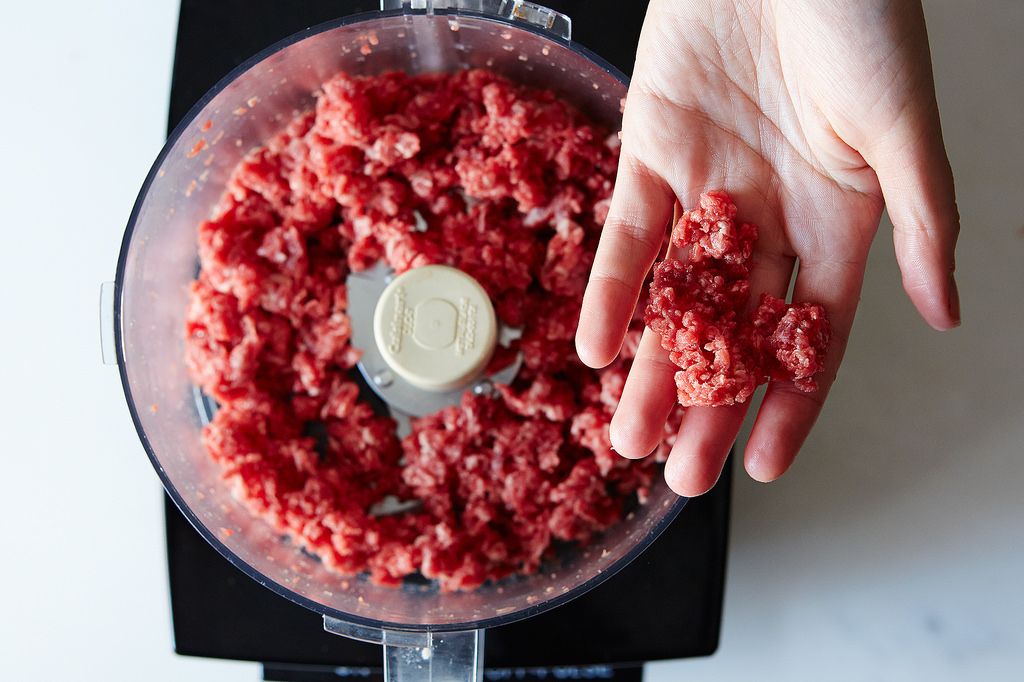
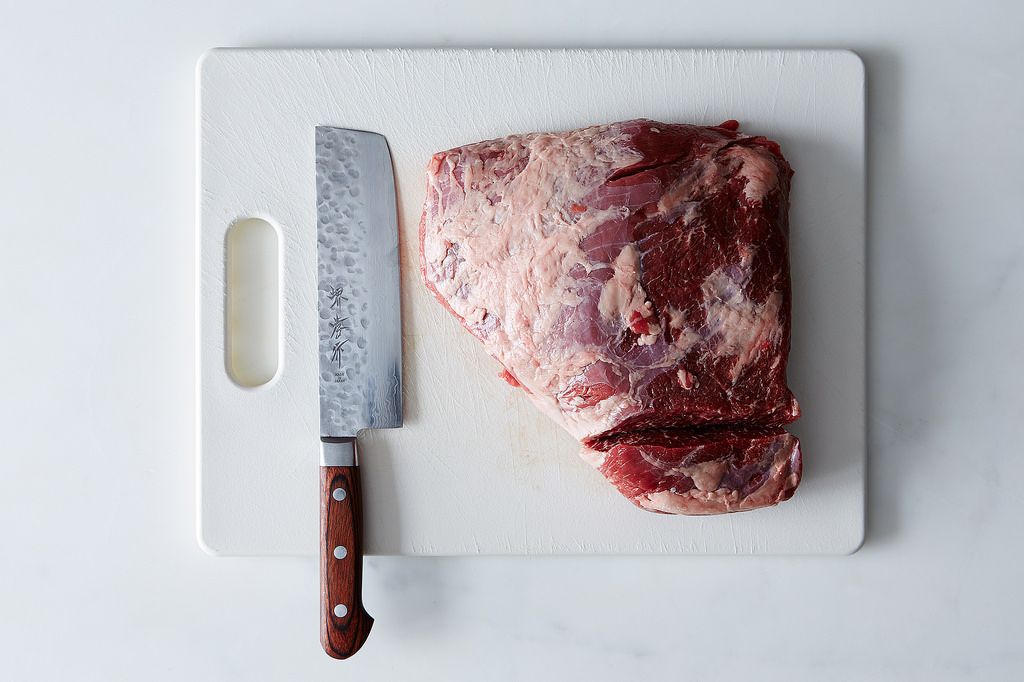

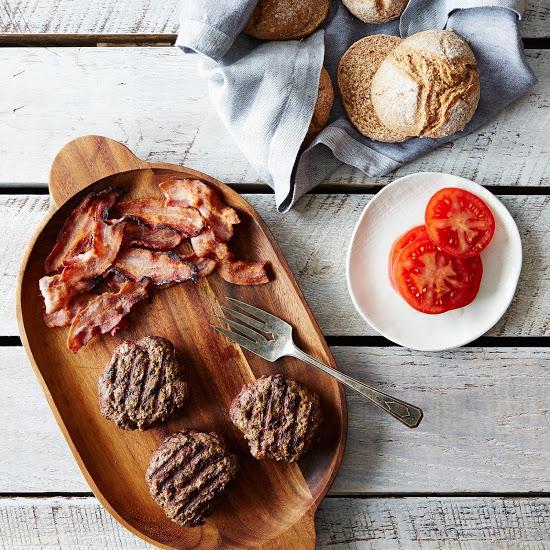
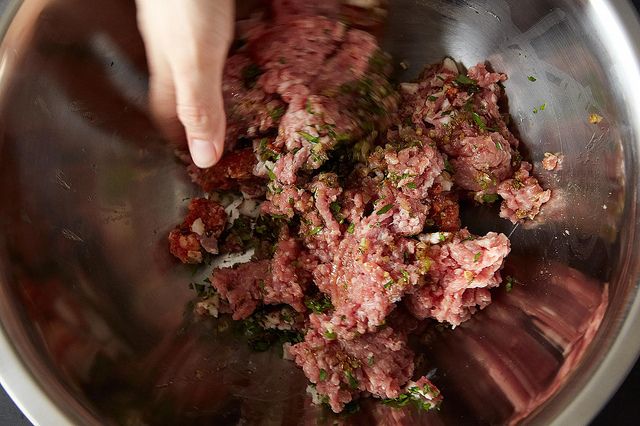
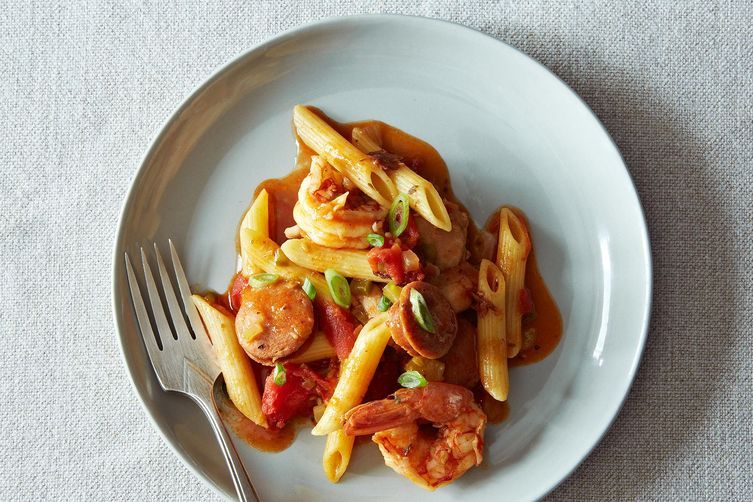

See what other Food52 readers are saying.